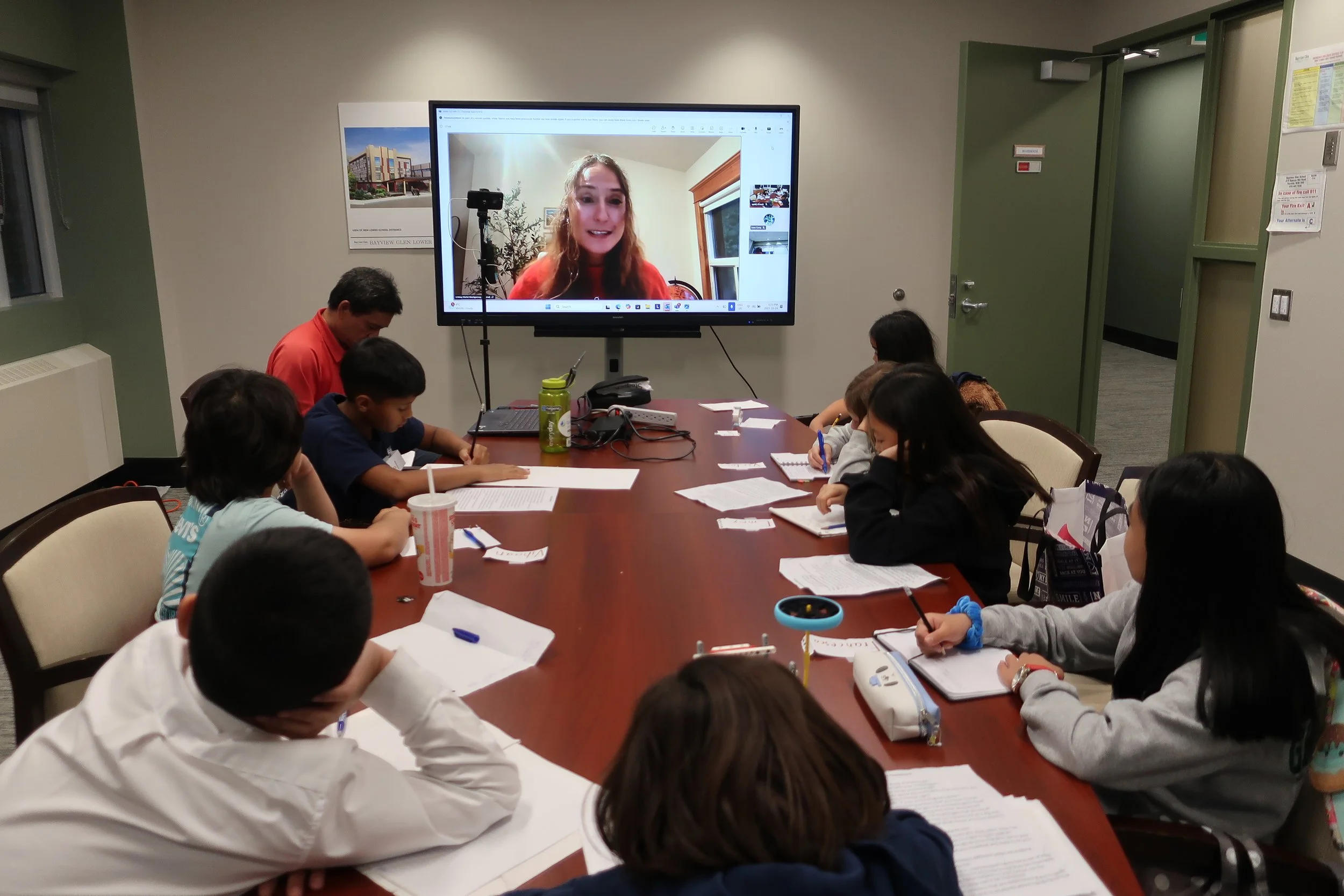From Dig Sites to Design Labs
INTRODUCING ARCHAEOLOGY TO A NEW GENERATION
This fall, I had the opportunity to take my passion for archaeology beyond the university and into a completely new environment—the world of robotics. In October, I began working with Bayview Glen Independent School’s Team #67474, a group of ten bright and curious Grade 5 students preparing for the annual FIRST Lego League Robotics competition. This year, I was invited to serve as one of the team’s industry mentors to help them explore the 2025-2026 challenge theme of “Archaeology” by developing technological solutions to improve how we conduct fieldwork.
The experience has been a reminder of how innovation and imagination go hand in hand. Archaeology is often seen as a discipline rooted in the past, but at its heart, it is about curiosity, creativity, and problem-solving—the same qualities that drive young engineers and scientists. My goal has been to show these students that archaeology is not just about digging up artifacts; it is about telling human stories and finding inventive and ethical ways to preserve them.
sparking curiosity through innovation
When I met with the team, I shared with them a little about my research in landscape archaeology and rock art in New Mexico and we discussed what archaeologists do in the field. I introduced them to excavation methods, artifact recording, and the importance of working with Indigenous and local communities. The students were fascinated by how much teamwork and care go into every aspect of the process!
During our brainstorming session, their ideas were insightful and focused on developing tools that would make excavation more efficient and inclusive. Their questions were thoughtful and often surprising: How can we design tools that maximize the use of public resources while minimizing harm to archaeological sites? How can technology make research more accessible to people of different genders, heights, and abilities? Their enthusiasm reminded me that innovation thrives when people approach problems with curiosity and compassion.
Zoom meeting with Bayview Glen LEGO League Robotics Team
Working with the Bayview Glen students has reminded me that the next generation of archaeologists, scientists, and engineers will grow up in a world where interdisciplinary collaboration is essential. These young learners are already thinking in ways that break down the boundaries between the humanities and STEM. They understand that solving real-world problems requires both technical skill and social awareness.
For me, this mentorship opportunity is also a way to show that archaeology is not confined to dig sites—it lives in classrooms, in design labs, and in every conversation that connects the past to the present. If we want archaeology to remain relevant, we must invite young people to see themselves as part of it. They bring fresh energy, new ideas, and a willingness to imagine possibilities that experienced researchers might overlook.
LOOKING TOWARD THE FUTURE
As the competition draws closer, I am eager to see how the team’s ideas evolve. Their excitement is contagious, and it gives me hope for the future of both archaeology and education. They are proving that when curiosity meets compassion, innovation becomes a tool for understanding—not just invention. Guiding these students has been a joy and a privilege. They remind me that the work of an archaeologist is not only about uncovering the past but also about inspiring the future.
